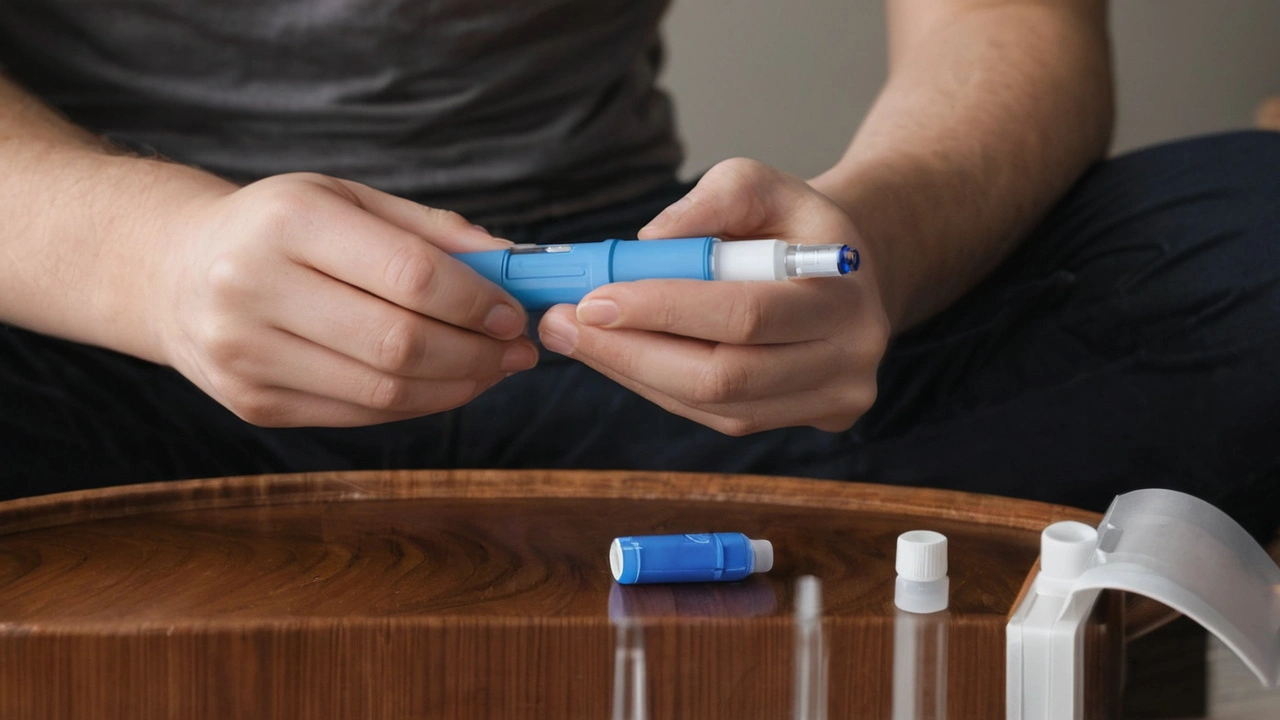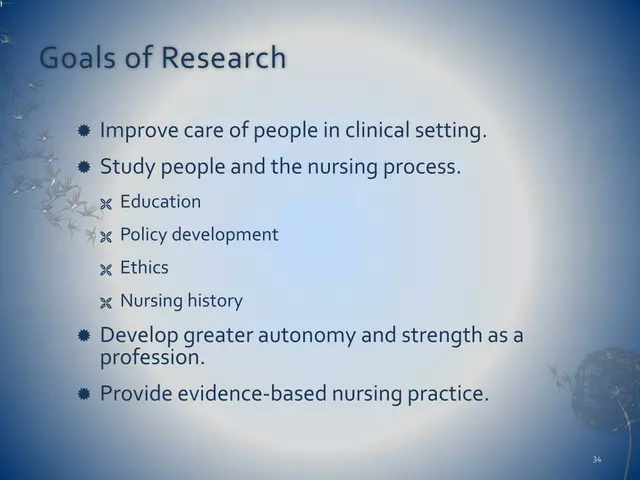Blood Sugar Management: Simple Daily Habits That Work
Struggling with swings in blood sugar? Small, consistent changes beat drastic fixes. This guide gives plain, practical steps you can use today to steady glucose — from what to eat and when to move, to spotting lows and tracking patterns.
Quick practical rules
Check your numbers more than once a week. If you use a meter, log fasting and 1–2 hour post-meal readings to see trends. Typical targets many doctors use are roughly 80–130 mg/dL fasting and under 180 mg/dL after meals, but talk with your clinician for personal goals. When readings repeat high or low, note the meals, stress, activity, and meds around those times.
Plate balance matters. Aim for protein, healthy fat, and fiber with every meal to slow carbs and prevent spikes. Example: a 1/2 plate of non-starchy veggies, a palm-sized portion of lean protein, and a thumb-sized portion of healthy fat. Swap white bread and sugary drinks for whole grains, water, or unsweetened tea.
Watch meal timing and portions. Eating similar carbohydrate amounts at regular times stabilizes glucose. Skipping meals or large late-night carbs often cause rebounds. If you exercise, try a light walk after meals — that 10–20 minute walk helps lower the post-meal spike without fancy equipment.
Handle highs, lows, and habits
Know hypoglycemia signs: sweating, shakiness, sudden hunger, confusion. Treat low blood sugar fast: about 15 grams of fast carbs like 4 oz fruit juice, regular soda, or 3–4 glucose tablets; recheck in 15 minutes and repeat if still low. For high readings, check for missed meds, an unusually large carb meal, illness, or stress.
Build movement into your day beyond workouts. Standing and short walks every hour help insulin work better. Strength training twice a week improves muscle glucose use long-term. If you take insulin or meds that can cause lows, learn how exercise affects your dose and snack plan.
Sleep and stress matter. Poor sleep raises cortisol, which can push glucose up. Use simple sleep hygiene: regular bedtimes, dark room, no screens right before sleep. For stress, try brief breathing breaks, a 5-minute walk, or a quick body-scan to calm spikes tied to anxiety.
Keep a simple log—either paper, an app, or photos of meals. Over two weeks you’ll see patterns: certain foods, times of day, or missed meds that link to highs or lows. Share the log with your clinician to adjust meds or meal plans faster.
Lastly, when to call for help: repeated readings well above your target, frequent lows, or symptoms like vision change, unexplained weight loss, or slow-healing cuts. These signs mean it’s time for medical review, not guesswork.
Small habits add up. Pick one change — consistent meal balance, a post-meal walk, or logging readings — and stick with it for two weeks. You’ll start to see simpler patterns and better control without drastic measures.




